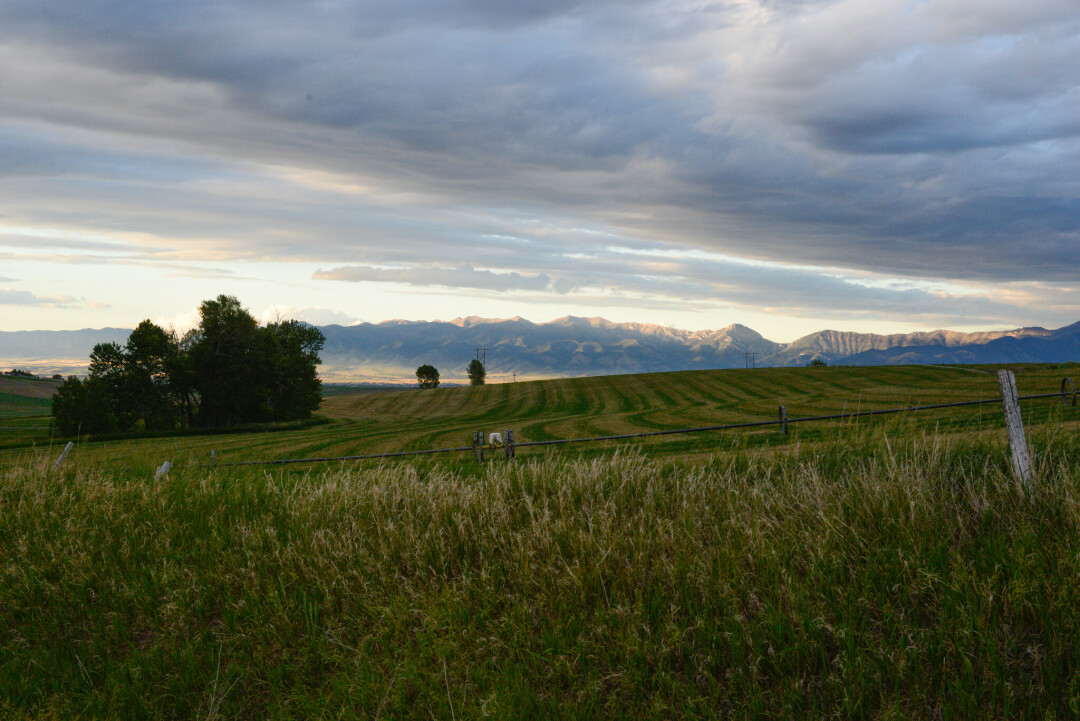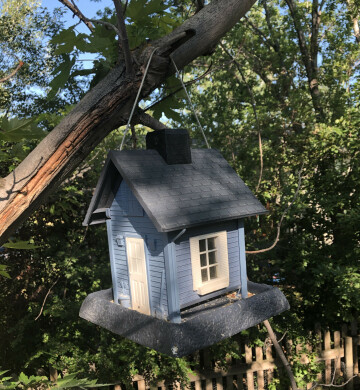New policies could eradicate gray wolf populations in Northern Rockies states
BOZEMAN, Montana – A coalition of wildlife advocates and hunters, represented by the non-profit environmental law firm Earthjustice, today asked the U.S. Forest Service to issue new protections for wolves in designated wilderness areas following Idaho and Montana’s enactment of a rash of aggressive anti-wolf laws.
The petition, submitted to Agriculture Secretary Tom Vilsack and top Forest Service officials, asks the Service for protection of wolves in national forest wilderness areas from new Idaho and Montana laws allowing professional contractors and private reimbursement programs--resembling 19th-century wolf bounties--to dramatically reduce wolf populations in the two states.
During their 2021 sessions, the Montana and Idaho legislatures enacted harsh anti-wolf laws that target up to 1,800 wolves. One goal of the laws is to artificially inflate elk populations – which are currently at or above population objectives in most management units – to levels last seen in the mid-1990s, before wolves were reintroduced to their historical range in the Northern Rockies. Wolves are being targeted even though scientific studies show that drought and excessive hunting quotas, not predation, caused some elk populations to decline.
“A wilderness is supposed to be a wild place governed by natural conditions, not an elk farm,” said Earthjustice attorney Timothy Preso. “We are calling on the Forest Service to prevent Montana and Idaho from taking the wild out of wilderness through their aggressive wolf-removal campaigns.”
The petition asks the Forest Service to issue new regulations and closure orders to prevent wolf killing by professional and subsidized hunters and trappers across nearly 8 million acres of designated wilderness in Idaho and Montana, including such flagship areas as the Bob Marshall Wilderness in northwest Montana and the Frank Church-River of No Return and Selway-Bitterroot Wildernesses in central Idaho. These proposed measures include:
• Initiating a new rulemaking to safeguard the wilderness character of these protected places
• Imposing restrictions on bounty hunting of wolves to prevent wilderness degradation
• Prohibiting wolf hunting and trapping activities by private contractors in congressionally designated wilderness areas
The groups’ petition focuses on a guarantee in the 1964 Wilderness Act that the • • • Forest Service must manage designated wilderness as “an area where the earth and its community of life are untrammeled by man, … retaining its primeval character and influence, … which is protected and managed so as to preserve its natural conditions.” New laws that authorize professional contractors and subsidized trappers to drive down wolf populations threaten to degrade wilderness conditions by upsetting the balance of predator and prey and eliminating a keystone wildlife species that is an icon of the wilderness landscape.
The petitioner groups include the Center for Biological Diversity, Defenders of Wildlife, Friends of the Clearwater, Humane Society of the United States, Humane Society Legislative Fund, International Wildlife Coexistence Network, Montana Wildlife Federation, Sierra Club, Western Watersheds Project, Wilderness Watch, and Wolves of the Rockies.
The following are statements from the petitioner groups:
“Wolves need wildernesses to serve as a refuge where they can be safe from the slaughter they face across Idaho and Montana,” said Andrea Zaccardi, a senior attorney with the Center for Biological Diversity. “Protecting wilderness requires the Forest Service to also protect wolves, which are so ecologically important to our national forests.”
“The state-sanctioned killing of wolves in Idaho and Montana threatens to needlessly damage the natural balance within our wilderness areas in these states for years to come,” said McCrystie Adams, managing attorney at Defenders of Wildlife. “We urge the U.S. Forest Service to abide by its duty and take immediate action to safeguard the unique character of our wilderness areas against these states’ wolf-killing measures.”
“The wild Clearwater region is the northern half of the largest relatively intact ecosystem in the lower 48 states,” said Gary Macfarlane, Ecosystem Defense Director for Friends of the Clearwater. “Wolves and other species make places like the Selway-Bitterroot Wilderness truly wild. This petition seeks to keep it that way.”
“Dispatching trappers and private contractors to cruelly and ruthlessly kill wolves on public lands threatens both the survival of the species and the character of the wilderness areas where they range,” said Nicholas Arrivo, managing attorney for the Humane Society of the United States. “The Forest Service must take action to mitigate the damage that Idaho and Montana’s reckless wolf-killing legislation will cause.”
“The Forest Service has long recognized that the presence of the Northern Rockies' treasured wolves on the landscape enhances and preserves congressionally designated wilderness areas," said Keisha Sedlacek, director of regulatory affairs for the Humane Society Legislative Fund. “The agency must carry out Congress’ intent to protect wolves from commercially driven slaughter.”
“The Montana Wildlife Federation supports ethical, fair chase hunting of wolves, but this is anything but ethical or fair chase,” said Nick Gevock, conservation director of Montana Wildlife Federation. “Paying contractors to go into wilderness areas and kill wolves amounts to an all-out eradication effort that harkens back to the 19th Century. These are wild areas that offer some of the best hunting in the country for all species, and these moves degrade that. It’s disgraceful and it needs to be stopped.”
“Wolves are essential to the overall health of ecosystems, but Montana and Idaho’s new laws aim to decimate their populations in the Northern Rockies. We cannot allow the modern equivalent of a bounty system for wolf killing to operate in wilderness areas— the very places meant to provide refuge for wildlife to thrive,” said Dan Ritzman, Director of Lands, Water and Wildlife at the Sierra Club. “With the extinction crisis bearing down, we need wilderness areas to remain intact and in support of life-sustaining biodiversity more than ever.”
“Wilderness is a place where natural processes should prevail, and the howl of the wolf should echo from peak to vale,“ said Erik Molvar, Executive Director of Western Watersheds Project. “Healthy populations should be allowed to thrive throughout the range of the gray wolf, and their ability to flourish should not be impeded by commercially-driven killing, especially in Wilderness.”
“Montana and Idaho have declared a despicable war on wolves and on the very idea of Wilderness itself,” said George Nickas, Executive Director of Wilderness Watch. “The Forest Service has the authority and mandate to protect these special places and their wildlife. It needs to put a stop to this ugly slaughter.”
“Americans need to know that wolves can exist unmolested by man in our few remaining wildernesses,” said Marc Cooke, representative of Wolves of the Rockies.







 photo courtesy of Arts Council of Big Sky
photo courtesy of Arts Council of Big Sky
News Comments
Thank you
Open Auditions for Annie
Monday, Sep. 16, 2024
I’m at the Bozeman airport where your painting, “Blowing East” is displayed. It’s absolutely gorgeous! Bravo, Marci!!
The Artists’ Gallery in Bozeman’s Emerson Cultural Center May Exhibits
Sunday, Jun. 30, 2024
This is so typical of a sign in, which we should not have to do to check if we or some one in our party got a permit. I have been working or "creating an account" for 30 minutes and just get the same ...
Smith River permit drawing results available
Sunday, Mar. 10, 2024
I have struggled with this podcast and my own participation therein, the event itself obviously traumatic, but beyond that my inability to reach anyone and convey anything resembling truth. The person ...
Billings, MT Case Becomes True Crime Podcast | 'An Absurd Result'
Marktokarski
Saturday, Jan. 20, 2024